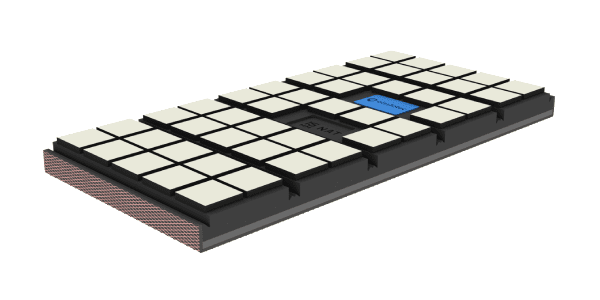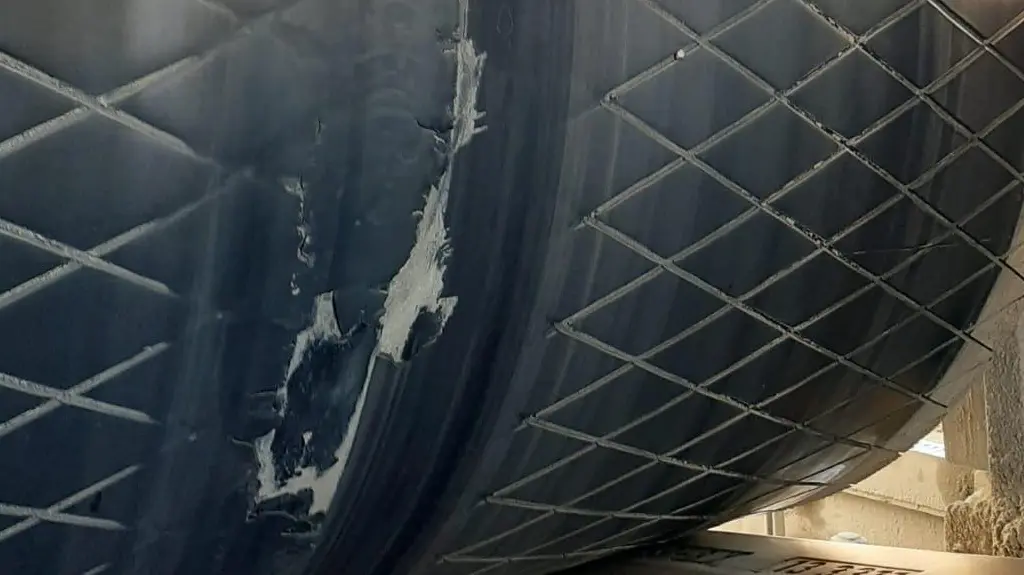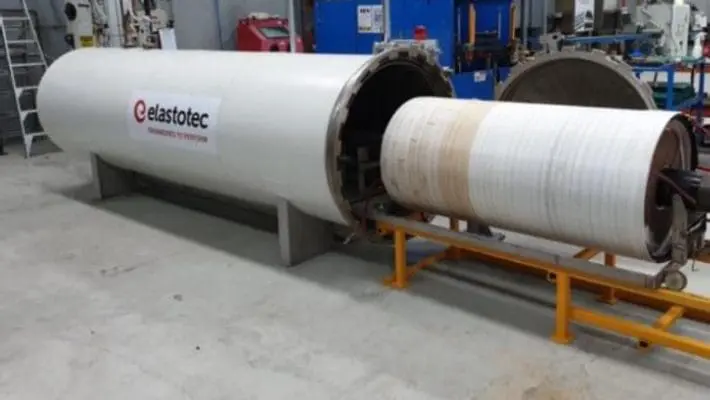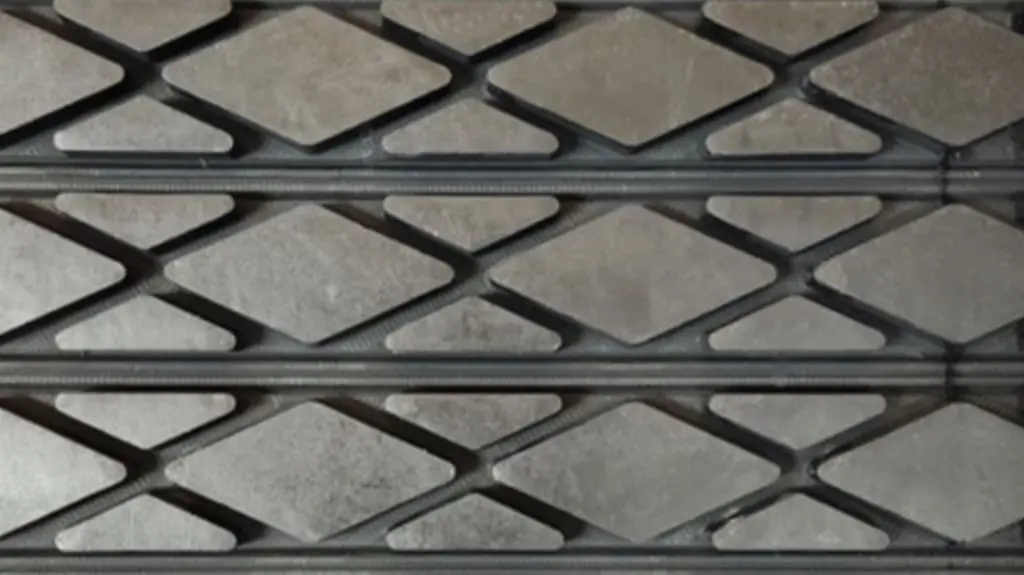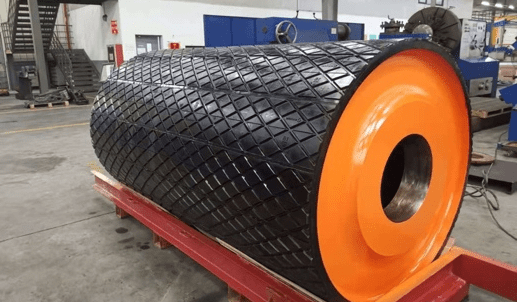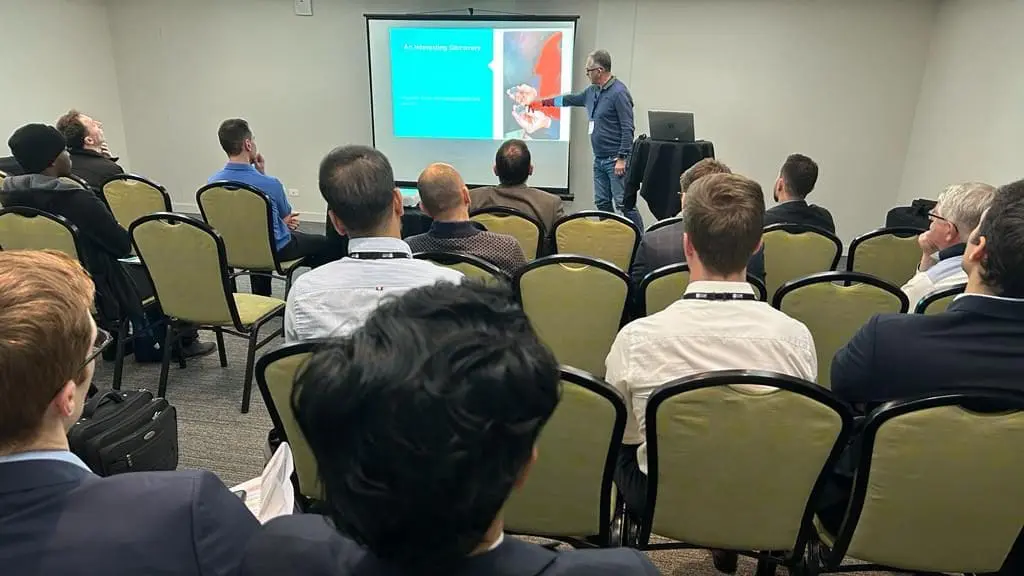Elastotec Cold Bond Adhesive Hardener – Material Safety Data Sheet
| Date prepared: | 26/05/2017 | Reasons for issue: | Review |
| Date last reviewed: | 04/05/2021 | Next review: | 04/05/2026 |
| Manufacture/Importer Details | |||
| Business name | Elastotec P/L | ABN | 65 137 437 239 |
| Telephone | +61 2 8987 1922 | ||
| Address | Unit 1 / 61 Somersby Falls Road, Somersby NSW 2250 Australia | ||
| Emergency Contact | |||
| Business name | Elastotec P/L | Telephone | As above or after hours +61 423 200 178 |
| david@elastotec.com.au | |||
Section 1: Product Identification
| Product Name: | Elastotec Cold Bond Adhesive Hardener |
|---|---|
| Recommended Use: | Cross linking agent for polyurethane and neoprene adhesives. |
Section 2: Hazards Identification
This material is hazardous according to health criteria of Safe Work Australia.
| Signal Word | Danger |
|---|---|
| Signal Word | Danger |
| Hazard Classifications: | Flammable Liquids – Category 2 Serious Eye Damage/Irritation – Category 2A Sensitisation – Respiratory – Category 1 Specific Target Organ Toxicity (Single Exposure) – Category 3 Narcotic Effects |
| Disposal Precautionary Statements | ||
|---|---|---|
| P501 | Dispose of contents/container in accordance with local, regional, national and international regulations. | |
| Poison Schedule: | Not Applicable | |
Section 3: Composition Information
Section 4: First Aid Measures
If poisoning occurs, contact a doctor or Poisons Information Centre. (Phone Australia 131 126, New Zealand 0800 764 766)
Section 5: Fire Fighting Measures
Section 6: Accidental Release Measures
Section 7: Handling And Storage
| First Aid | Measure |
|---|---|
| Handling: | Avoid eye contact and repeated or prolonged skin contact. Avoid inhalation of vapour, mist or aerosols. |
| Storage: | Store in a cool, dry, well-ventilated place and out of direct sunlight. Store away from foodstuffs. Store away from incompatible materials described in Section 10. Store away from sources of heat and/or ignition. Store locked up. Keep container standing upright. Keep containers closed when not in use – check regularly for leaks. This material is classified as a Class 3 Flammable Liquid as per the criteria of the “Australian Code for the Transport of Dangerous Goods by Road & Rail” and/or the “New Zealand NZS5433: Transport of Dangerous Goods on Land” and must be stored in accordance with the relevant regulations. |
Section 8: Exposure Controls & Personal Protection
| TWA | STEL | Notices | ||||||||
|---|---|---|---|---|---|---|---|---|---|---|
| ppm | mg/m3 | ppm | mg/m3 | |||||||
| Chlorobenzene | 10 | 46 | – | – | – | |||||
| Ethyl acetate | 200 | 720 | 400 | 1440 | – | |||||
| As published by Safe Work Australia. TWA – The time-weighted average airborne concentration over an eight-hour working day, for a five-day working week over an entire working life. STEL (Short Term Exposure Limit) – the average airborne concentration over a 15 minute period which should not be exceeded at any time during a normal eight-hour workday. These Exposure Standards are guides to be used in the control of occupational health hazards. All atmospheric contamination should be kept too as low a level as is workable. These exposure standards should not be used as fine dividing lines between safe and dangerous concentrations of chemicals. They are not a measure of relative toxicity. If the directions for use on the product label are followed, exposure of individuals using the product should not exceed the above standard. The standard was created for workers who are routinely, potentially exposed during product manufacture. | ||||||||||
Section 9: Physical And Chemical Properties
Section 10: Stability And Reactivity
Section 11: Toxicological Information
No adverse health effects expected if the product is handled in accordance with this Safety Data Sheet and the product label.
Symptoms or effects that may arise if the product is mishandled and overexposure occurs are:
Section 12: Ecological Information
| First Aid | Measure |
|---|---|
| Acute Aquatic Hazard: | Avoid contaminating waterways.This material has been classified as non-hazardous. Acute toxicity estimate (based on ingredients): >100 mg/L |
| Long-Term Aquatic Hazard: | This material has been classified as non-hazardous. Non-rapidly or rapidly degradable substance for which there are adequate chronic toxicity data available OR in the absence of chronic toxicity data, Acute toxicity estimate (based on ingredients): >100 mg/L, where the substance is not rapidly degradable and/or BCF < 500 and/or log Kow < 4 |
Section 13: Disposal Considerations
Persons conducting disposal, recycling or reclamation activities should ensure that appropriate personal protection equipment is used, see “Section 8. Exposure Controls and Personal Protection” of this SDS.
If possible material and its container should be recycled. If material or container cannot be recycled, dispose in accordance with local, regional, national and international Regulations.
Section 14: Transport Information
| Road and Rail Transport | ||||
|---|---|---|---|---|
| Road & Rail” and the “New Zealand NZS5433: Transport of Dangerous Goods on Land”. | ||||
| UN Number: | 1993 | |||
| Dangerous Goods Class: | 3 | |||
| Packing Group: | II | |||
| Hazchem Code: | •3YE | |||
| Emergency Response Guide No: | 14 | |||
| Proper Shipping Name: | FLAMMABLE LIQUID, N.O.S. (CONTAINS ETHYL ACETATE) | |||
| Segregation Dangerous Goods: | Not to be loaded with explosives (Class 1), flammable gases (Class 2.1), if both are in bulk, toxic gases (Class 2.3), spontaneously combustible substances (Class 4.2), oxidising agents (Class 5.1), organic peroxides (Class 5.2), toxic substances (Class 6.1), infectious substances (Class 6.2) or radioactive substances (Class 7). Exemptions may apply. | |||
| Marine Transport | ||||
|---|---|---|---|---|
| Classified as Dangerous Goods by the criteria of the International Maritime Dangerous Goods Code (IMDG Code) for transport by sea. This material is classified as a Marine Pollutant (P) according to the International Maritime Dangerous Goods Code. | ||||
| UN Number: | 1993 | |||
| Dangerous Goods Class: | 3 | |||
| Packing Group: | II | |||
| Proper Shipping Name: | FLAMMABLE LIQUID, N.O.S. (CONTAINS ETHYL ACETATE) | |||
| Air Transport | ||||
|---|---|---|---|---|
| Classified as Dangerous Goods by the criteria of the International Air Transport Association (IATA) Dangerous Goods Regulations for transport by air. | ||||
| UN Number: | 1133 | |||
| Dangerous Goods Class: | 3 | |||
| Packing Group: | II | |||
| Proper Shipping Name: | FLAMMABLE LIQUID, N.O.S. (CONTAINS ETHYL ACETATE) | |||
Section 15: Regulatory Information
This material is not subject to the following international agreements:
- Montreal Protocol (Ozone depleting substances)
- The Stockholm Convention (Persistent Organic Pollutants)
- The Rotterdam Convention (Prior Informed Consent)
- International Convention for the Prevention of Pollution from Ships (MARPOL)
This material is not subject to the following international agreements:
- Basel Convention (Hazardous Waste)
- Wastes from the production, formulation and use of organic solvents
This material is not subject to the following international agreements:
All components of this product are listed on or exempt from the Australian Inventory of Chemical Substances (AICS).
Section 16: Other Information
This information was prepared in good faith from the best information available at the time of issue. It is based on the present level of research and to this extent we believe it is accurate. However, no guarantee of accuracy is made or implied and since conditions of use are beyond our control, all information relevant to usage is offered without warranty. The manufacturer will not be held responsible for any unauthorised use of this information or for any modified or altered versions.
If you are an employer it is your duty to tell your employees, and any others that may be affected, of any hazards described in this sheet and of any precautions that should be taken.
Safety Data Sheets are updated frequently. Please ensure you have a current copy.











